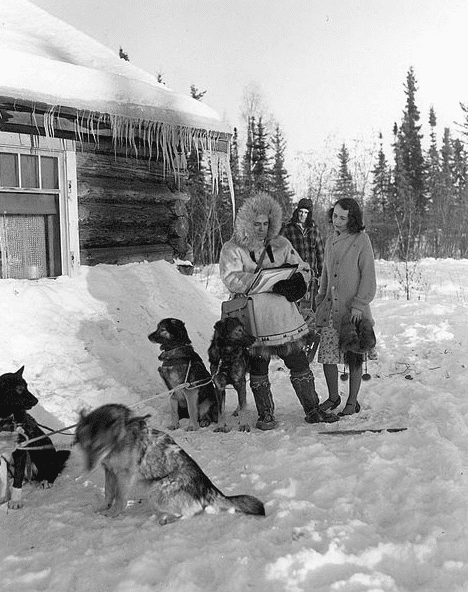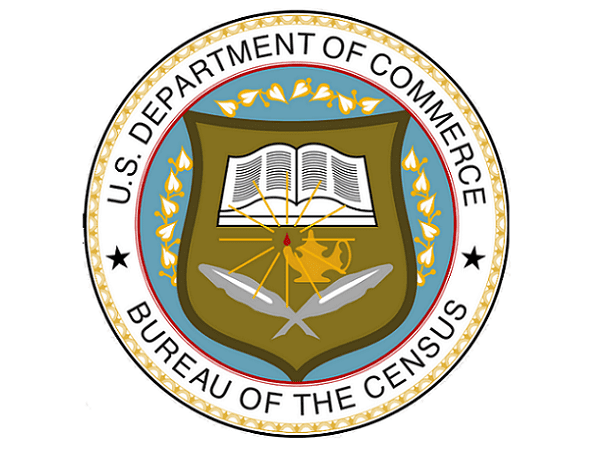Charting your family’s bloodline and identifying your ancestors is one of the most eye-opening and exciting endeavors available to us. What’s more powerful than learning about the men and women who paved the way for your very own existence?
At times, it can even become a treasure hunt. You follow trails and land on some old newspaper article, with a story that comments on your great-great grandpa’s heroism – or something the likes of. It’s almost intimate. Much more than just charting names and dates, genealogy is about getting to know those that lived before you.
Thus, one of the best ways to conduct your genealogy research is by using the U.S. Census. But how to use census data correctly isn’t common knowledge. That’s why we’ve written you this guide on how to use U.S. Census data for genealogy.
Just keep on reading.

What Is the U.S. Census?
Within the U.S. Constitution (Article 1, Sec. 2), there’s a clause set forth by the Founders that allows the government to conduct a decennial “resident count,” or population count, of everyone living in America. The first census in U.S. history took place in 1790, and this process has continued to today. The census is conducted every decade (10-year counts), meaning if your ancestors lived in America after 1790, then it’s likely they’re in the U.S. Census.
What Good Is Census Genealogy Research?
Census genealogy can create visibility on your ancestral roadmap that you would otherwise never have. It can help you determine who exactly your ancestors were. Better yet, as America aged, the census records became incredibly detailed, offering much more information than just the family member’s name and their place of residence. The data collected each census year can reveal vital information that allows you to dig further into your family history.
Census data allows you to skip through time. For example, there might be a single family member’s name on one census, yet the following census might show the names of two children. By their age, you can then determine when your family member possibly became pregnant and what travels they endured along the way.
Thus, aside from a population number, your census genealogy research can show records of:
- Your Family Members – From their names, position (head of household, for instance), trade or job (occupation), sex, age, birthday, race and ethnicity, marital status, to any changes in the family structure along the way, if they were recorded in the census there’s going to be a wealth of important information for you to discover.
- The Family as a Whole – By looking at how many children a family member had, where they ended up, and whether or not they were still alive, your ancestral painting can welcome a few pointed and detailed brush strokes.
- Birthplace – Often, the census will show where the person was born. From there you can deduce what travels ensued, being that they could’ve changed states or migrated elsewhere.
- Immigration Records – The census will also reveal whether a certain person immigrated into the U.S., or if they were born here. This is another vital piece of information that will further flesh out your research.
How to Use Census Data for Ancestry Research
Think of your census data exploration as a puzzle of sorts. Say, for instance, one of your distant relatives was a carpenter living in New Jersey in 1840. However, the census in 1850 shows that this person made their way to California. By this, you can – within reason – assume that it’s likely they heard the siren call of the Gold Rush and hastily made way to the West Coast.
The next census then shows that this relative married a California native and had three children. This creates a fun list of questions to explore:
- Was it really because of the Gold Rush that they emigrated?
- Did they strike it rich? Or did they struggle in poverty?
- What did they do once they settled in California?
This is where the “treasure hunt” phenomenon comes into play. Census genealogy data provides the framework; it’s up to you to put on your detective hat and start exploring. For instance, you could utilize GenealogyBank’s Historical Newspaper Archives to try and locate specifics on your ancestors. This additional information will be invaluable for helping you write your family history.
Wouldn’t it be wonderful to learn that this relative of yours was in a newspaper due to a massive gold finding? And due to this endeavor ended up meeting their spouse?
How Do I Find U.S. Census Data?
The U.S. Census records are available on GenealogyBank.
Decennial census records are only released 72 years after the fact. This is to protect respondents’ privacy. In which case, census records from 1950 to now can only be retrieved by the person in question. However, on 1 April 2022, the 1950 U.S. Census will be released publicly.
As for the NARA (National Archives and Records Administration), you can access the census records of 1790-1940 through a multitude of different avenues – some of which are completely free. By visiting the U.S. Census website, they’ll direct you to the right place (also, many public libraries provide access free of charge).
Keep on Diggin’
Using census data is a fantastic way to create a framework for further digging into your family history. Log the details. Input the data. Then utilize GenealogyBank to dive further into the lives of your ancestors.
The U.S. Census data will tell you what to look for… we’ll help you find it.
Source:
Related Articles:
